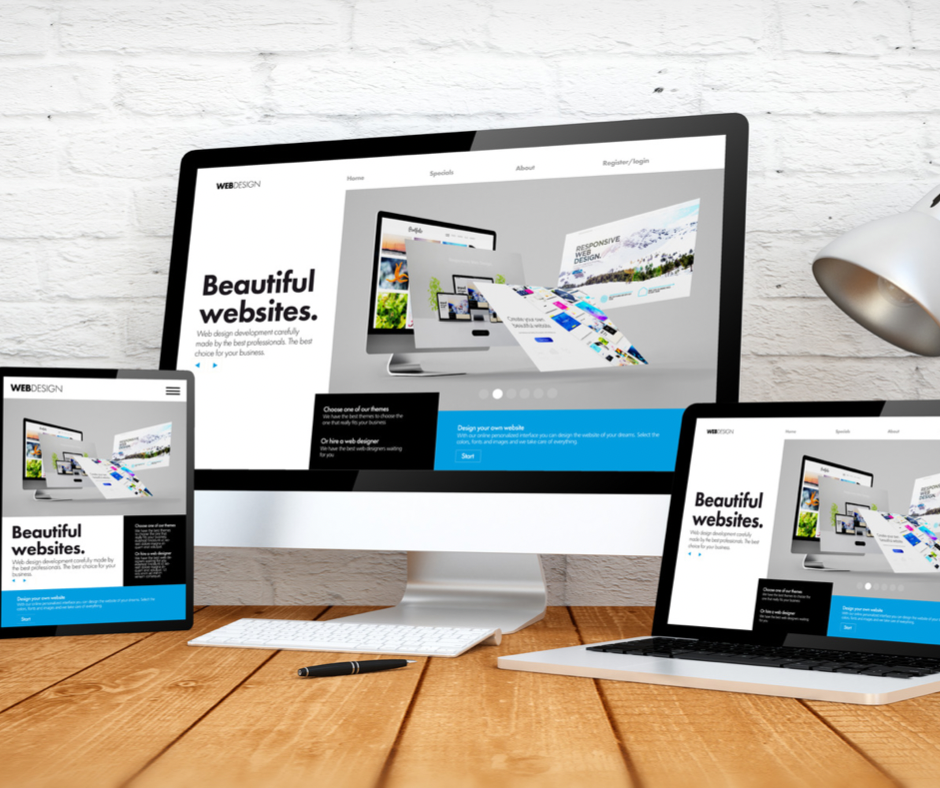Unlocking the Potential of Google Classroom for Entrepreneurial Tutors
In today’s fast-paced digital world, the concept of education has transcended the four walls of a classroom. This transformation has opened up a plethora of opportunities for entrepreneurial tutors who are keen to make their mark in the virtual tutoring space. One tool that stands out in this digital revolution is Google Classroom. Far from being just a digital extension of a physical classroom, Google Classroom offers a comprehensive suite of features that can redefine the way you approach tutoring. In this article, we will delve into the intricacies of Google Classroom and how it can be a game-changer for entrepreneurial tutors.
The Paradigm Shift in Education
Before we dive into Google Classroom, it’s crucial to understand the seismic shifts occurring in the educational landscape. The COVID-19 pandemic has accelerated the adoption of online learning, but even before that, the wheels were in motion. The modern student is digital-native, comfortable with learning through screens, and expects a certain level of interactivity and engagement that traditional methods might not offer. This is where Google Classroom comes in, serving as a bridge between traditional and modern teaching methodologies.
Why Google Classroom is More Than Just a Tool
At its core, Google Classroom is designed to facilitate communication and collaboration. However, its capabilities go beyond that:
- Adaptive Learning: Google Classroom allows tutors to adapt their teaching style to each student’s needs. You can create individualized assignments, making it easier to cater to different learning speeds and styles.
- Automated Workflow: The platform automates mundane tasks like grading and assignment distribution, allowing tutors to focus more on interactive teaching.
- Data-Driven Insights: The platform provides analytics that can help tutors understand student performance, engagement levels, and areas that may need more attention.
How to Integrate Google Classroom into Your Tutoring Business
Creating a Dynamic Learning Environment
The first step in leveraging Google Classroom is to create a dynamic learning environment. Use multimedia resources, such as videos, podcasts, and interactive quizzes, to supplement traditional text-based materials. This multi-faceted approach caters to different learning styles, making the educational experience more engaging and effective.
Real-Time Feedback and Assessment
One of the most powerful features of Google Classroom is the ability to provide real-time feedback. As students work on assignments, tutors can leave comments, suggest resources, and even make edits in real-time. This immediate feedback loop enhances the learning process, making it more iterative and responsive.
Building a Community of Learners
Google Classroom also offers features like class comments and discussion boards, allowing students to interact with each other. Entrepreneurial tutors can use this to foster a community of learners who can learn from each other, collaborate on projects, and engage in peer-to-peer assessments.
The Competitive Edge for Entrepreneurial Tutors
For entrepreneurial tutors, Google Classroom is not just a teaching aid; it’s a business asset. It can serve as a centralized platform where you can manage multiple students, keep track of billing, and even market additional services like specialized courses or study materials. By integrating Google Classroom into your business model, you can offer a level of service that sets you apart from the competition.
Google Classroom offers a transformative approach to education that aligns perfectly with the needs of the modern student and the ambitions of entrepreneurial tutors. Its blend of interactive features, real-time feedback, and data-driven insights make it an invaluable asset for anyone looking to succeed in the competitive world of virtual tutoring.







